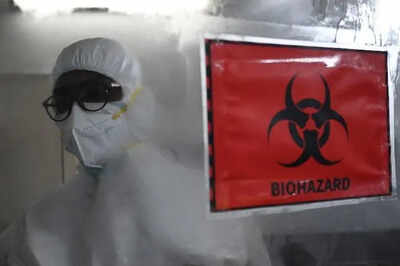The UK health security agency (UKHSA) has confirmed a new case of Clade Ib mpox in England, emphasizing that the risk to the wider population remains low.
The case was identified in East Sussex, southeast England, and involves an individual who recently returned from Uganda, where community transmission of Clade Ib mpox is ongoing. The patient is now receiving specialized care at Guy’s and St.
Donald Trump Inauguration
Thomas’ NHS Foundation Trust in London.
“It is thanks to clinicians rapidly recognizing the symptoms and the work of our specialist laboratory that we have been able to detect this new case,” said Dr. Meera Chand, deputy director at UKHSA.
“This is the sixth case reported in England since October, but the risk to the UK population remains low. We are working quickly to trace close contacts and minimize any potential spread,” she added.
Ongoing Efforts
The UKHSA is tracing and following up with close contacts of the affected individual. Contacts will be offered testing, vaccination if required, and guidance on further care should symptoms develop or tests return positive.
Clade Ib mpox has been circulating in several African countries recently, with imported cases reported in nations such as India, Belgium, Canada, France, Germany, Sweden, and the United States.
Symptoms and Transmission
Mpox commonly presents with symptoms such as a skin rash or pus-filled lesions lasting 2 to 4 weeks, along with fever, headaches, muscle aches, back pain, low energy, and swollen lymph nodes. The infection spreads through close contact with an infected person or animal or via contaminated materials.
The UKHSA has advised anyone with symptoms to avoid contact with others while their symptoms persist.
Preparedness in UK
The agency highlighted that extensive planning has been carried out to ensure healthcare professionals in the UK are prepared to manage and respond to confirmed cases effectively.
By swiftly detecting and managing such cases, health authorities aim to mitigate the risk of further transmission and ensure public safety.

